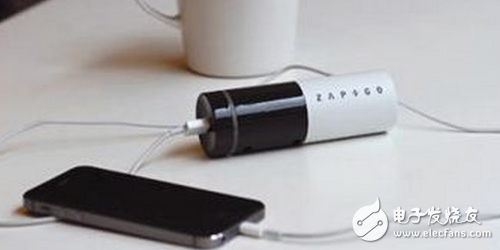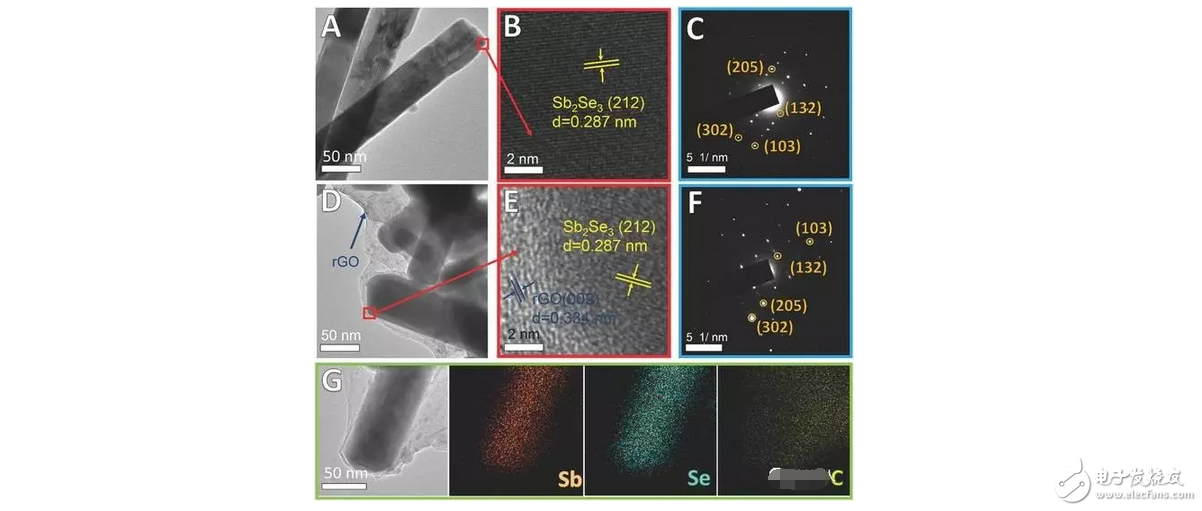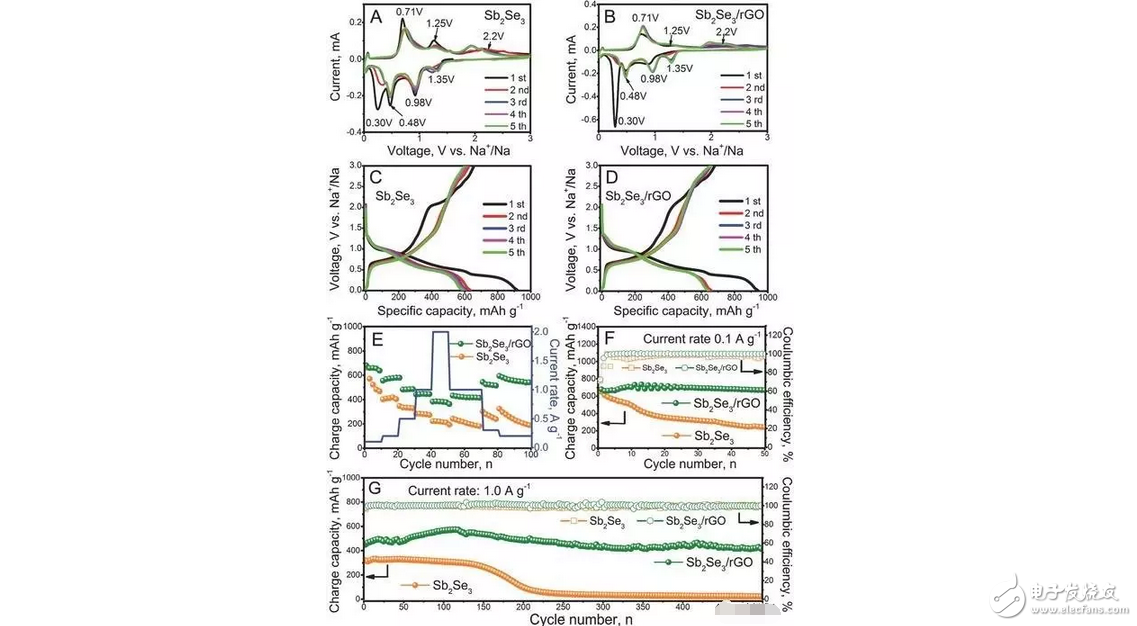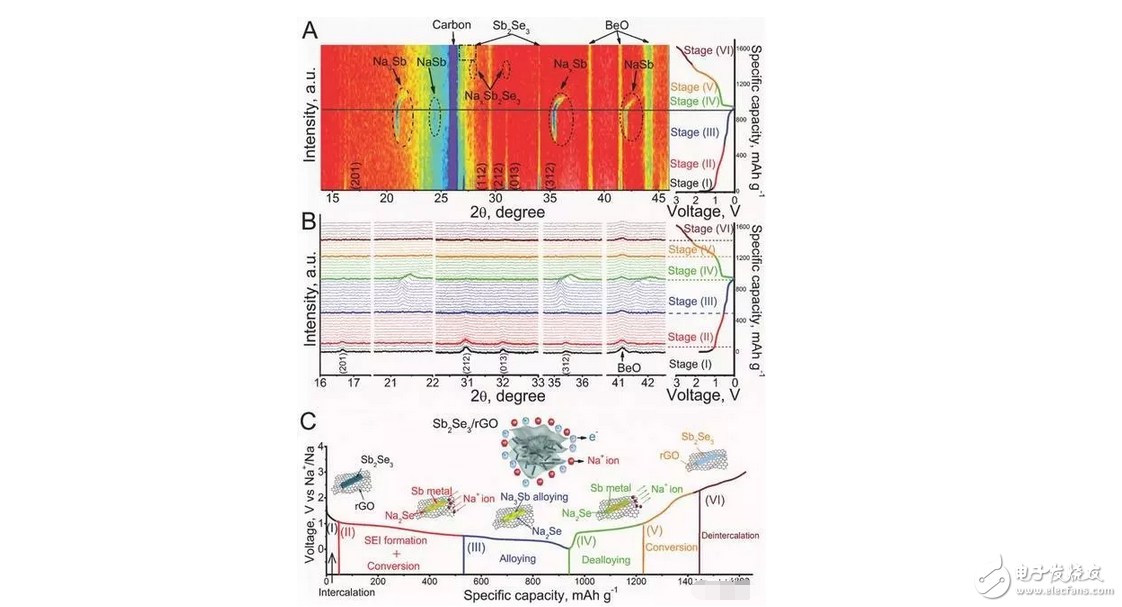ã€introduction】
Lithium-ion batteries have been widely used in portable devices and electric vehicles, and have played an important role in large-scale energy storage. However, due to the lack of lithium resources in the earth's crust and uneven distribution, it is urgent to find new energy storage materials as a supplement and substitute for lithium-ion batteries. Compared to lithium, sodium exhibits similar electrochemical properties and is rich in natural resources in the earth's crust; these advantages make sodium-ion batteries (SIBs) one of the most promising energy storage materials. At present, many researchers have explored the electrode materials of sodium ion batteries, but still can not meet the requirements of anode materials for low price, high capacity and long cycle.

[Introduction]
In order to obtain the anode material of sodium ion battery with excellent electrochemical performance, Professor Yang Chenghao from South China University of Technology and Professor Kevin Huang of the University of South Carolina recently published a book titled A New rGO-Overcoated Sb2Se3 Nanorods Anode for Na+ Battery on Advanced FuncTIonal Materials. : In Situ X-Ray DiffracTIon Study on a Live SodiaTIon/DesodiaTIon Process article and was named Back Inside Cover cover story. In this paper, graphene-coated Sb2Se3 multi-dimensional nanostructures were synthesized by a simple one-step solvothermal method, and the composite was used as an anode material for sodium ion batteries. It was found by in-situ X-ray diffraction that the deintercalation reaction, the conversion reaction and the alloy reaction occurred during the charging and discharging of Sb2Se3, and provided a relatively high theoretical mass ratio capacity. However, volume expansion and contraction are experienced during charge and discharge, and even the active material is detached, resulting in lower electron conductivity and poor cycle stability. The most effective mitigation method is to place Sb2Se3 in a carbon substrate material as a volume buffer to suppress volume expansion and improve electrical conductivity. Due to the large specific surface area, excellent electron conductivity and good thermal stability of reduced graphene oxide (rGO), rGO is considered to be the most ideal carbon material substrate for Sb2Se3.
[Graphic introduction]
Figure 1. Physical characterization of Sb2Se3/rGO composites as anode materials for SIBs

(A) is an X-ray diffraction pattern, (B) is a Raman spectrum, (C) is a thermograviogram, and (DF) is an X-ray photoelectron spectroscopy.
Figure 2. Morphological representation of Sb2Se3 and Sb2Se3/rGO

(AC) are TEM, HRTEM, and SAED patterns of pure phase Sb2Se3, respectively, and (DG) are TEM, HRTEM, SAED, and EDX mappings of the Sb2Se3/rGO complex, respectively.
Figure 3. Characterization of electrochemical properties of Sb2Se3 and Sb2Se3/rGO

(AB) is the first five cycles of voltammetric test of Sb2Se3 and Sb2Se3/rGO at a scan rate of 0.1 mV s-1.
(CD) is a charge and discharge test chart of the first five times of Sb2Se3 and Sb2Se3/rGO at a rate of 0.1 A g-1, respectively.
(EG) are long-term cycling test charts of Sb2Se3 and Sb2Se3/rGO at different magnifications, 0.1 A g-1 and 1.0 A g-1, respectively.
Figure 4. Schematic diagram of structural changes and principles during charge and discharge

(A) Two-dimensional contour map of in-situ XRD diffraction during the first charge and discharge of the Sb2Se3/rGO electrode.
(B) In situ XRD diffraction pattern of the region of the Sb2Se3/rGO electrode at a specific 2 theta angle.
(C) Schematic diagram of the sodium storage reaction mechanism of the Sb2Se3/rGO complex.
Figure 5. Microstructure of the Sb2Se3/rGO electrode at different cut-off voltages during the first charge and discharge process.

(AB) are TEM/HRTEM images and corresponding SAED patterns of Sb2Se3/rGO with cutoff voltages of 0.8V and 0.01V during the first discharge, respectively.
(AB) are TEM/HRTEM images and corresponding SAED patterns of Sb2Se3/rGO with cut-off voltages of 1.5V and 3.0V during the first charging process, respectively.
Figure 6. Schematic diagram of long-term cycling of Sb2Se3/rGO electrode

ã€summary】
The multi-dimensional nanostructured Sb2Se3/rGO composite achieves excellent rate performance and cycle performance by improving electrical conductivity and mitigating severe volume changes. The reversible mass ratios of 682, 448 and 386 mAh g-1 were obtained at different magnifications of 0.1, 1.0 and 2.0 A g-1 respectively; especially after 500 cycles at 1.0 A g-1 large magnification, The reversible specific capacity of 417 mAh g-1 is as high as 90.2%. Through comprehensive and effective analysis of the reaction mechanism, the special multi-dimensional nanostructures make Sb2Se3 and rGO play a synergistic role, providing new research ideas and theoretical support for the development of electrode materials with excellent sodium storage performance.
The wire harness simplifies the building of these larger components by integrating the wiring into a single unit, or several units, for [drop-in" installation. By binding the many wires, cables, and subassemblies into a harness, the OEM or installer only has one component to install. In addition, a wire harness allows the completed assembly to be better secured against the effects of abrasion and vibration, and by constricting the wires into a non-flexing bundle, usage of space is optimized.
Game Machine Wire Assembly, wire harness for gaming machine, electrical wire assembly, gaming wire harnesses
ETOP WIREHARNESS LIMITED , https://www.oemmoldedcables.com